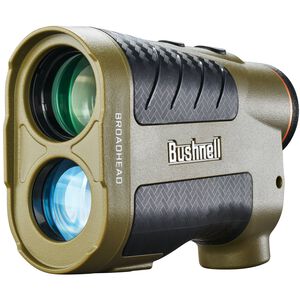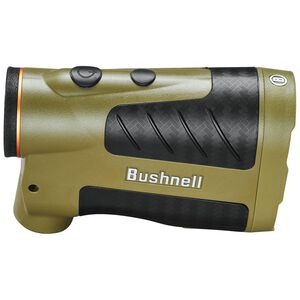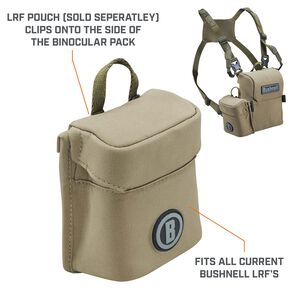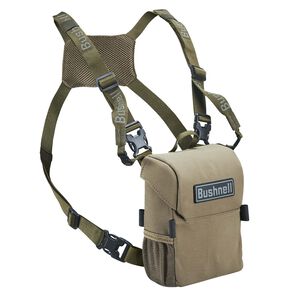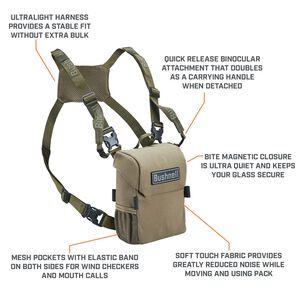
PRACTICE ESSENTIALS TO ELEVATE YOUR BOWHUNTING GAME
As bowhunters, fall is the season we live for, but it’s those summer practice sessions that usher in that fall success.
Preseason practice sessions don’t have to be complicated. With just a few items, you can turn your backyard into a terrific practice range even if you have a postage-stamp-sized yard in the suburbs.
Here’s how to do it.
FIRST THINGS FIRST
Be safe and be legal.
Check for any regulations or restrictions against discharging a bow in the area you live.
Make sure you use a solid backstop if shooting in any type of residential area. There are plenty of backstop options available designed specifically for the purpose of archery practice.
Now, let’s dive into setting up your own backyard bow bonanza.
THE ESSENTIALS
You don’t need a lot of gear or special equipment to have a productive offseason practice session. Here’s the rundown
- Bow and arrows
- Release aid (if you use one)
- A selection of targets
- Broadhead rangefinder
- Backstop (if shooting in residential areas)
- Notebook for tracking results

KNOW YOUR DISTANCE
This is not the time to guess. Knowing the exact distance to your target is critical.
First, it adds a measure of safety. Arrows are less likely to land where they shouldn’t when you know the distance to the target you’re shooting at.
Second, the goal of practice is to increase accuracy. Increased accuracy leads to increased confidence in your ability. And, funny thing, that increased confidence will lead to even greater accuracy. It’s the mental game of archery.
Bushnell’s Broadhead rangefinder is the most accurate archery rangefinder ever made. It’s also the only rangefinder that maintains that accuracy (an incredible +/- 0.3-yards) regardless of the type of target you’re ranging. This is a big deal because dark-colored objects with a textured surface are less reflective and will give lesser rangefinders fits in terms of delivering an accurate yardage. The Broadhead will accurately range any target, regardless of color or texture. When we start building out the range, this will come into play in a big way.

ELEVATE
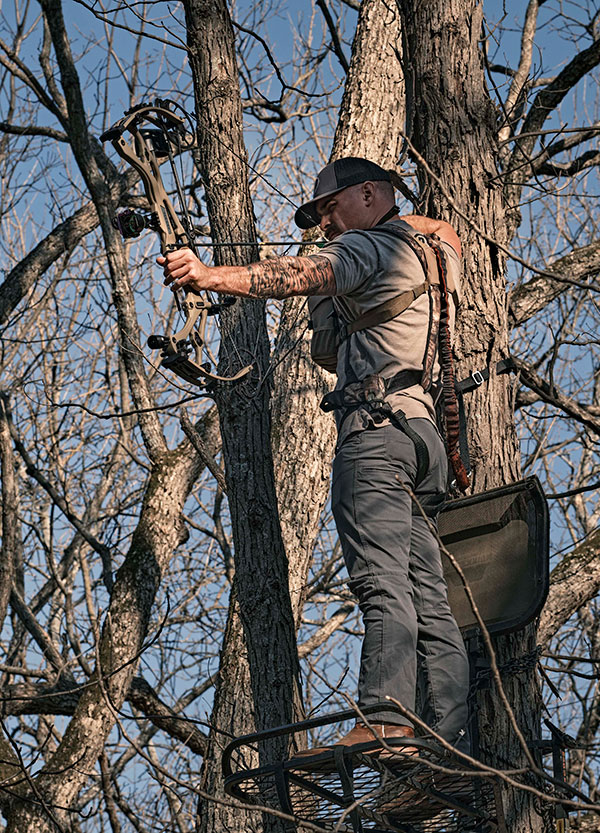 Most bowhunters employ treestands. If you’re one of those, your practice sessions should be from an elevated position, at least part of the time. Of course, there’s also plenty to be said about the increased safety that comes from shooting at a downward angle toward the ground, especially in residential areas.
Most bowhunters employ treestands. If you’re one of those, your practice sessions should be from an elevated position, at least part of the time. Of course, there’s also plenty to be said about the increased safety that comes from shooting at a downward angle toward the ground, especially in residential areas.
If you have a solid backyard tree, put it to use. Hang a stand and build your targets around it. An elevated deck will work as well.
Again, we must know the exact distance to the target and the Broadhead makes easy work of that. With the built-in ARC (Angle Range Compensation) that delivers dead-accurate yardages from an elevated position, making it simple to set your pin and shoot without concern over the addition (or reduction) of yardage based on your elevation height or shot angle. Again, this is critical practice before the moment of truth in the fall. The knowledge that you can simply grab your Broadhead rangefinder, range your target and trust the reading is paramount to confident performance in the woods.
THE TARGETS
Regardless of how much space you’ve got to work with, creating a multi-shot situation can be simple. Just think of the letter “V.”
You’ll need a few targets. A pair of 3-D big game targets and a couple of block-style targets will do nicely. And, because the Broadhead isn’t confused by dark-colored targets, you can go ahead and choose that bull elk or wild boar target and know your range is accurate.
Create two lanes of four using the four targets. The distance of each target should vary and, of course, is limited only by the amount of space you have to shoot safely and your personal shooting ability.
Each lane makes up one arm of the “V” with your shooting location being at the bottom of the formation. Place larger targets at the furthest distances and smaller targets closer.
THE SESSION
Variety is key here. Shooting a bow is never boring but repeating the same shots over and over can be less exciting. So vary the distances to each target slightly with each practice session and keep your sessions relatively short, say 10-12 shots per outing.
Adjust target positions to vary shot angles and distances.
The point here is to focus on changing things up so that you’re working on shooting form, ranging targets with the Broadhead and shot placement at varying target angles.

THE PRESSURE
One thing that’s hard to replicate during offseason practice sessions is that surge of adrenaline and emotion that happens when a target animal is working into range while afield.
One simple step you can take to add some pressure to your practice sessions is to keep score of your practice rounds. Most 3-D targets have scoring rings molded in. The same goes for block-style targets. You can also employ small colored stickers placed on the targets. Award each color a point value that increase as the size of the sticker decreases.
Keep track of the score of each round and try to beat your score. For even more pressure, invite a buddy or two over to shoot your new backyard range and make it a competition.
